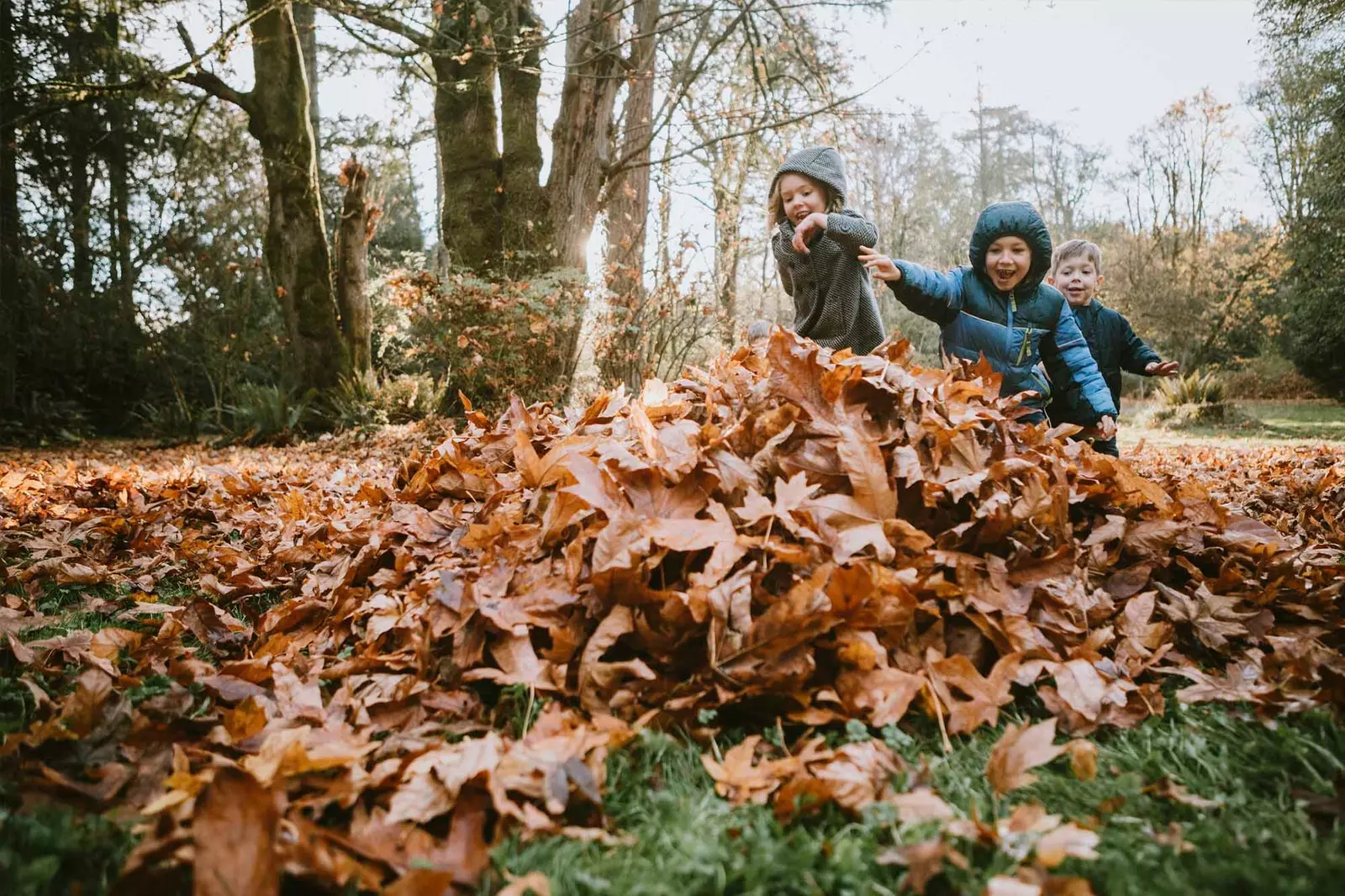
Children in Norway spend much more time in contact with nature
A school no chairs in which to be seated by obligation. No cards to fill out. No blackboards to copy words from, without drawings to color without leaving the line . No classrooms. A school that feels like a home. With sofas, mats, toys, kitchen, closet to store shoes and put on comfortable slippers. And, above all, with a large natural outdoor space in which to play.
This is what a Barnehage is like, the Norwegian nursery school that covers children from zero to six years old -although maternity and paternity leave reaches up to 14 months , so it is rare that there are children under that age. It is not mandatory, as in Spain. But you could say that the similarities end there.
“In Spain there is a lot of emphasis on the fact that it is a school, and there is a tendency to formalize everything. Many children from the age of two or three are already in classrooms with tables, chairs and cards to complete and even go to language academies . Here, the importance up to the age of six is put in play and natural child development ; in this way, boys and girls fully develop and, of course, learn a lot, but without any kind of pressure”, he explains. Miriam , a Valencian who has been working at Barnehages in Norway for five years and telling about it on the blog from up here .
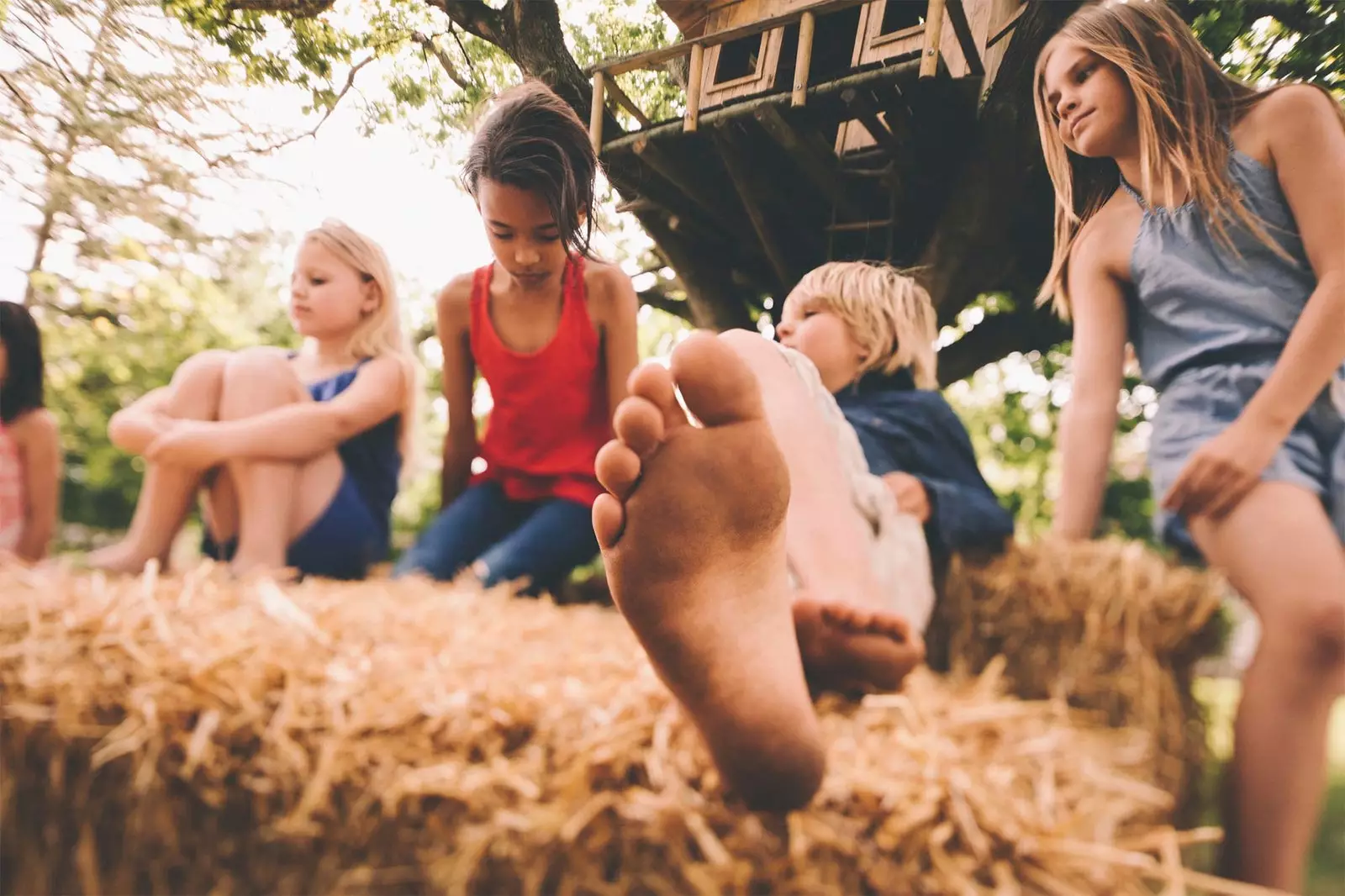
The important thing is the contact with nature
The teacher also points out other differences, such as the ratio ( one adult for every three children from zero to three years old and one for every six children from three to six ) and the type of facilities. “A Norwegian kindergarten is characterized by its low fences, its wide open spaces and rich in possibilities (sandboxes, play and movement spaces, natural spaces and accessible materials such as buckets, shovels, wheelbarrows, bicycles…) . Inside, it stands out for the fact that enter barefoot or in slippers , as well as the absence of classrooms; instead, there are spaces for coexistence and play”.
“Another very important difference is the playing time outdoors. Every day (whatever the weather) we go out to play for at least two hours. One day a week we go on an excursion. There is no such thing as bad weather, only bad clothes. In Spain, most children are locked up on rainy days … Missing all the experiences that the rain offers us! In my blog I explain in detail what kind of clothes to wear so as not to get wet in the rain, as it is possible and economical”.
But the most important difference is vision of childhood ”, She emphasizes. Thus, Miriam assures that “You go to kindergarten to enjoy, not to learn” . That, however, does not prevent everyone from learning: "Of course, there is learning, but learning at this age occurs by playing and enjoying (and in fact, at any stage)", says the professional.
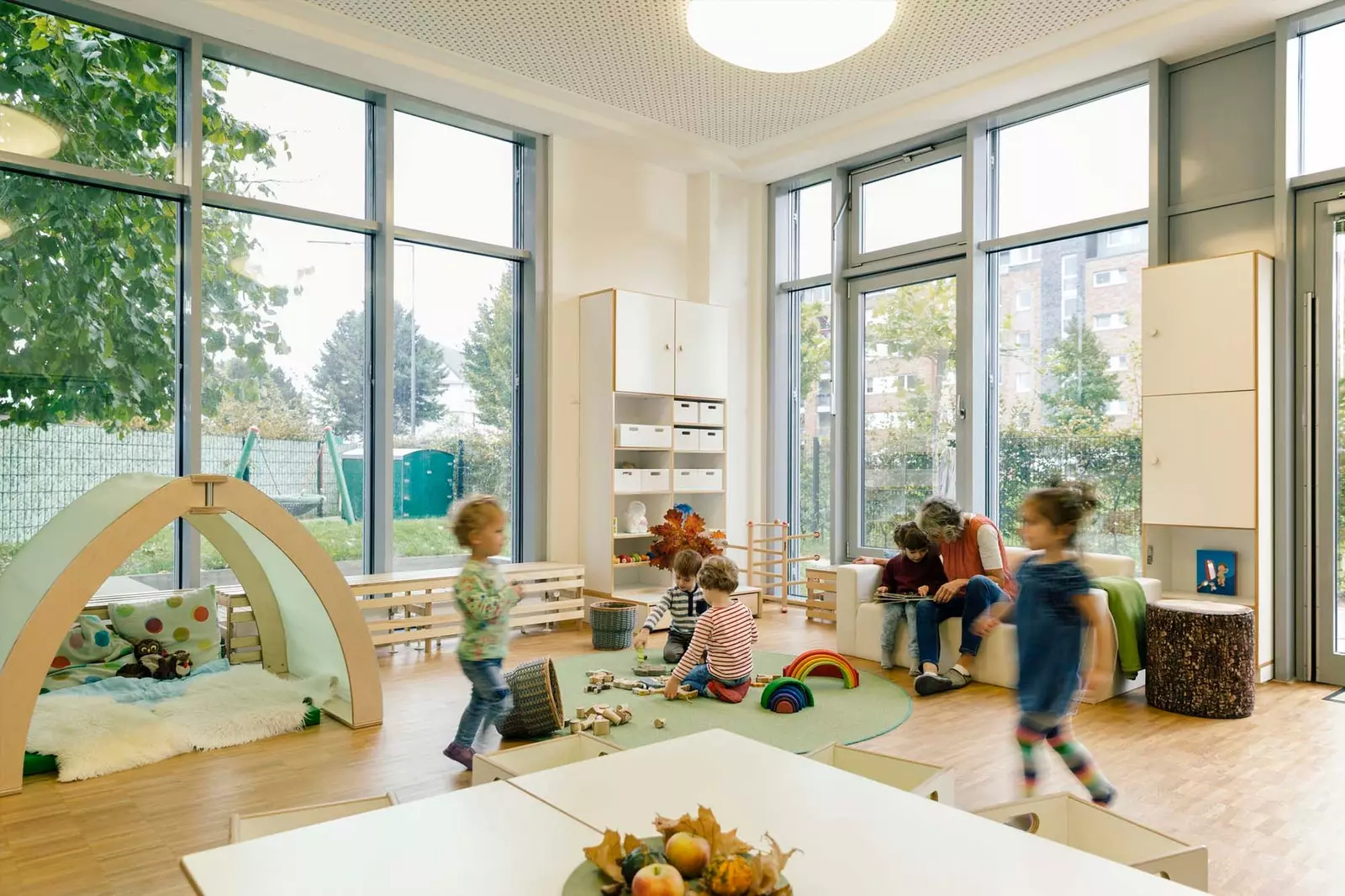
Al 'Barnehage' is going to enjoy, not to learn
AND THEN, HOW DO THEY LEARN ENGLISH?
Even though a Barnehage is not learning-oriented in the way we are used to, Norwegian boys and girls always finish above Spanish boys and girls in the Pisa study. And, interestingly, also they speak better english , despite not learning it until he was six years old and not seeing drawings in this language.
“I was very shocked to find out about this. That boys and girls in Norway don't start learning English until primary school and that they watch cartoons in Norwegian. In college I had been sold on the importance of early exposure to the language , to start this learning as soon as possible and all the benefits of this. At the same time, the reality was clear: Norwegian teenagers and adults knew English. How could they know so much if they hadn't started them early?” asks Míriam in a post.
“Why do they know English? The childhood stage is spent playing. Training all their abilities to be able to develop when they grow up and, above all, enjoying themselves as much as possible in the nursery school and at home. Then they have quality training, according to their age and interests. The films that are from 12 years, approximately, are in original version . At this age, children already know how to read fluently, so they can read the subtitles. This causes on the one hand high reading comprehension ability and reading speed and, on the other hand, they end up understanding what they hear.”
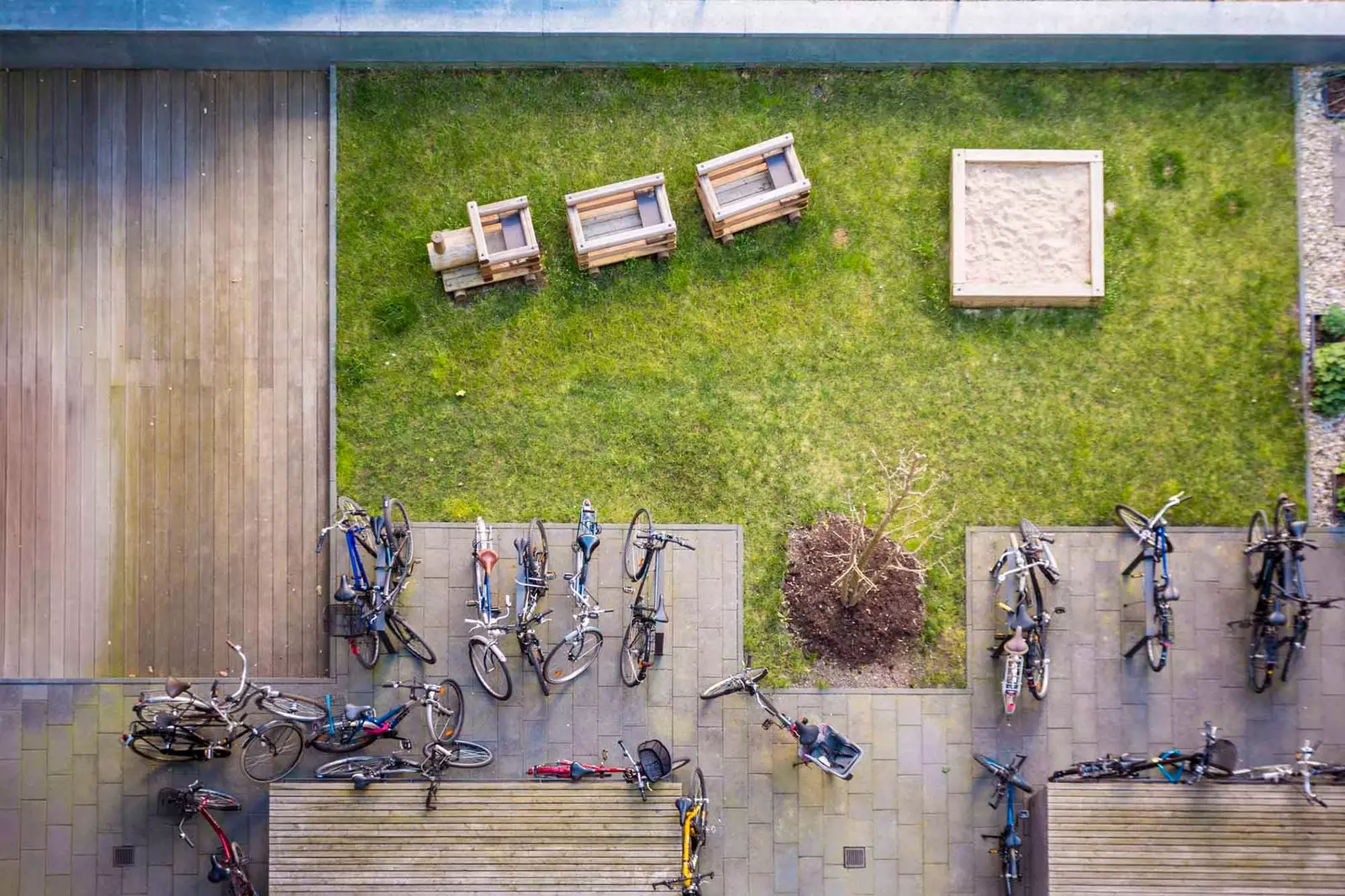
In the 'Barnehage' there are sandboxes, bicycles, swings...
THE PROBLEM OF SITTING
“Observing the group of children I have at the Barnehage, I often wonder what their day to day would be like if, instead of being in a place where they could spend most of their time playing freely and being on the move like they are here, were in a typical class ”, explains Míriam in another post.
"I imagine them sitting at their team table. With his card in front of him, expectantly. I imagine them getting up from the chair, rocking the chair, making little noises with their hands or pencils. I imagine them serious. And also laughing at whatever silly thing some funny guy was doing. I imagine them looking everywhere. I imagine them, after all, restless, distracted, nervous. I wonder if they would learn. Well, some of them would end up learning to sit well, to solve the shift file, to pay attention in class. They would learn or rather, they would resign themselves. As for the other learning, I think they would learn to hold the pencil. Many of them they would draw better than they do now . Some would learn to write, perhaps. And the rest? I think they wouldn't interact as much, I think they wouldn't decide as much, they wouldn't move as much. I believe that their motor development would be limited, their health would be worsened, and worse, many would be tagged."
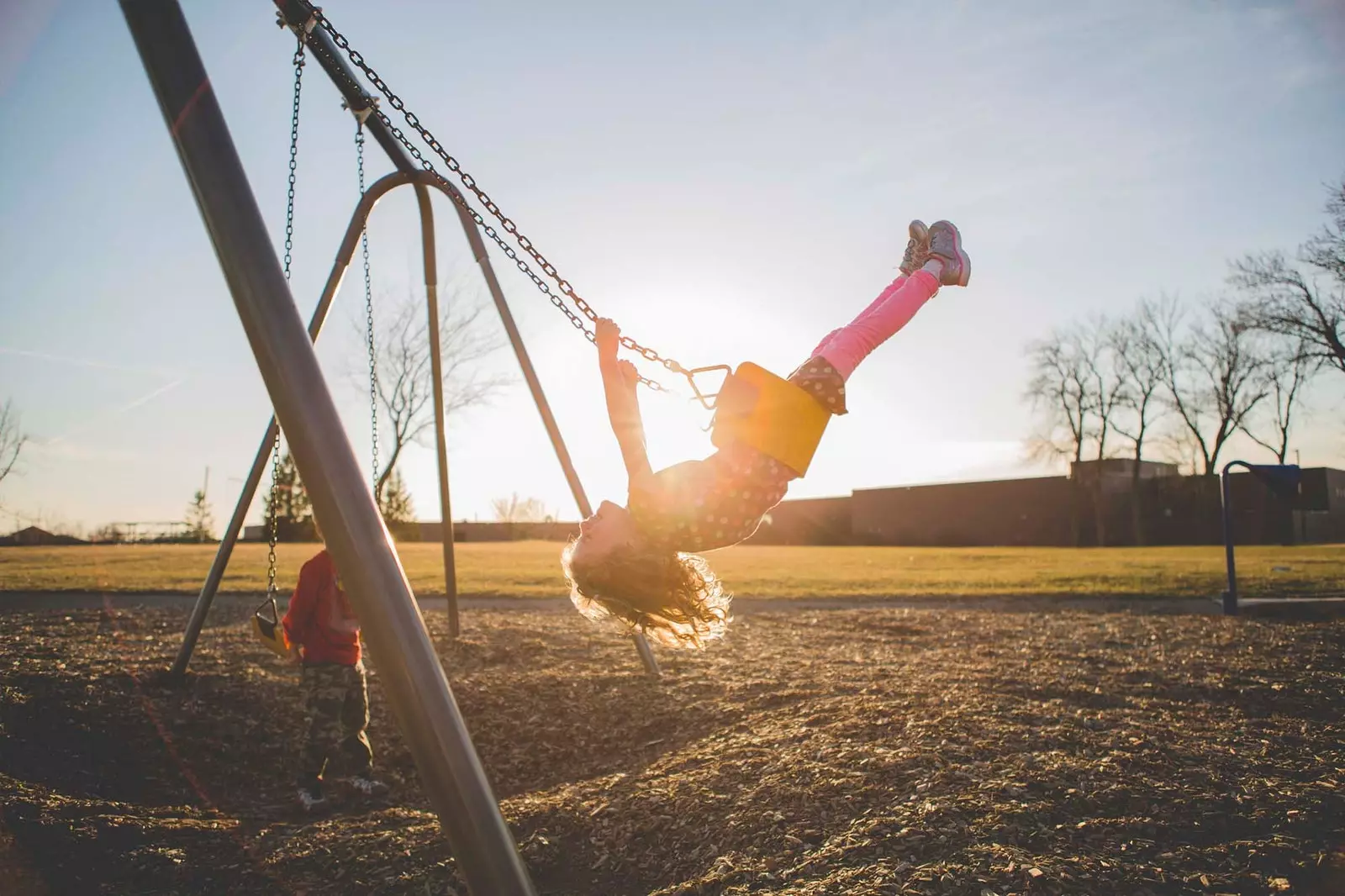
"Playing does not require large investments"
In fact, she herself is clear about which one they would label restless, "bad", impertinent. “But here they are children normal . They relate well, each in their own way and, although surprising, they are very good friends”, she affirms, referring to two of her students, who, in her opinion, would be evaluated for a risk of attention deficit or removed from the class for support, respectively.
“Both have learned the same things. They know how to read their name, and even differentiate letters, without this having ever been an objective. They know numbers, differentiate between more and less. They know how to build and their motor and language development is similar. But they express everything in such opposite situations that it is hard for me to believe that they would be able to demonstrate it in a rigid system ”.
She also talks in her post about two of the three-year-olds in her class who are still in diapers. "Probably, they would not have had permission to start in a public school , or perhaps they would have been forced out of the diaper while still immature . Probably, their self-confidence would be much lower and they would usually have accidents in class that would place them in situations of unsafety ”.
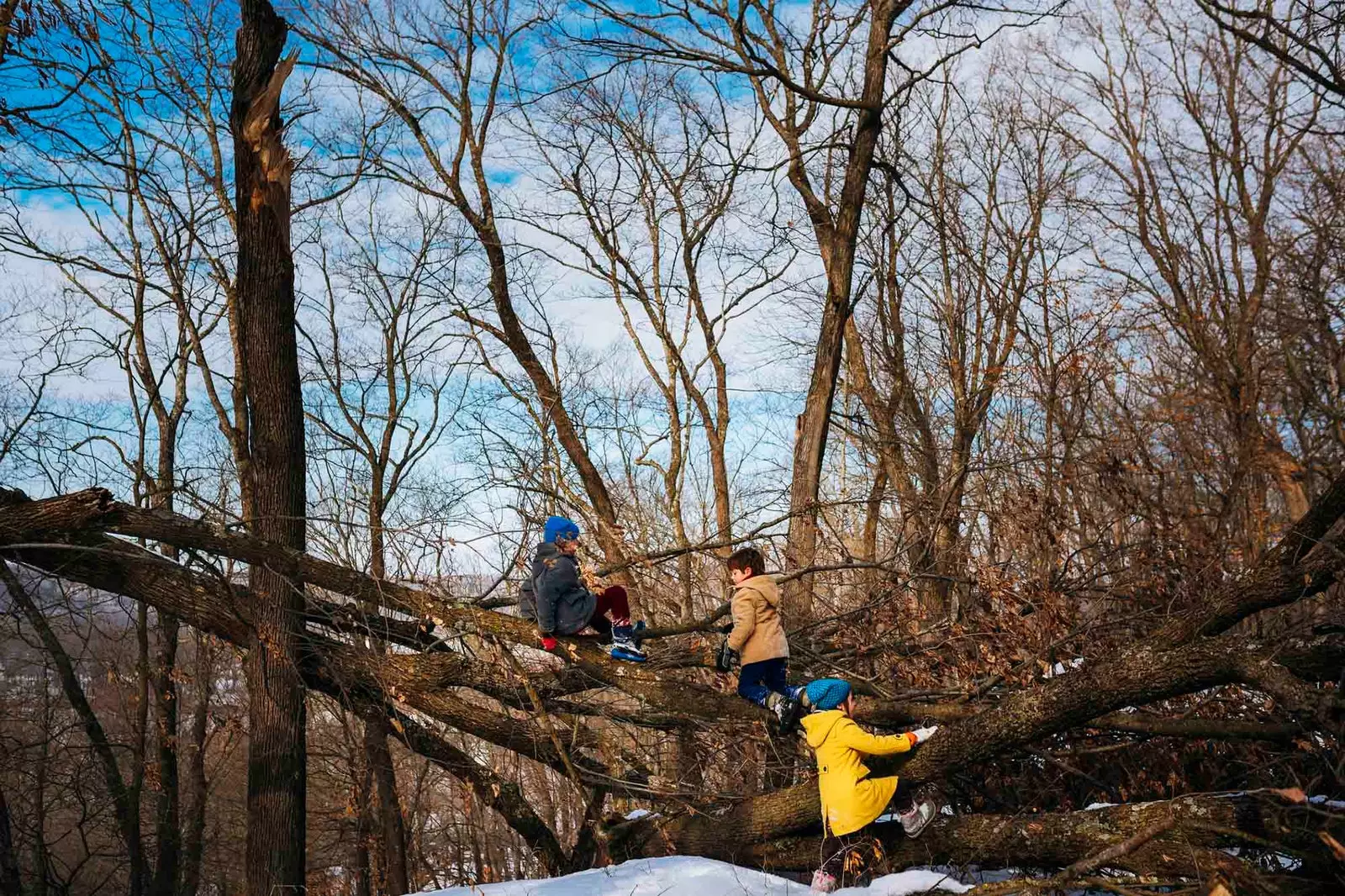
"Outdoor time should be much longer and mandatory"
BUT COULD YOU HAVE BARNEHAGES IN SPAIN?
The most common when reporting on Nordic educational experiences, always at the top of the statistics, is to reply that they could not be implemented in Spain because the climate is different, the population is higher and the resources are lower. But that is not the way Míriam sees it: “We can import most things, well playing does not require large investments, but, rather, of the time and the accompaniment for it ”, she answers us.
“We can move the tables and chairs away from the classrooms, create free play spaces and introduce elements that invite the game: kitchens, cabins, cardboard boxes, building blocks of different types, fabrics to create... And Leave time and freedom for exploration. It is very important to trust children, to let them be and develop on their own and to know when to step aside”, he lists.
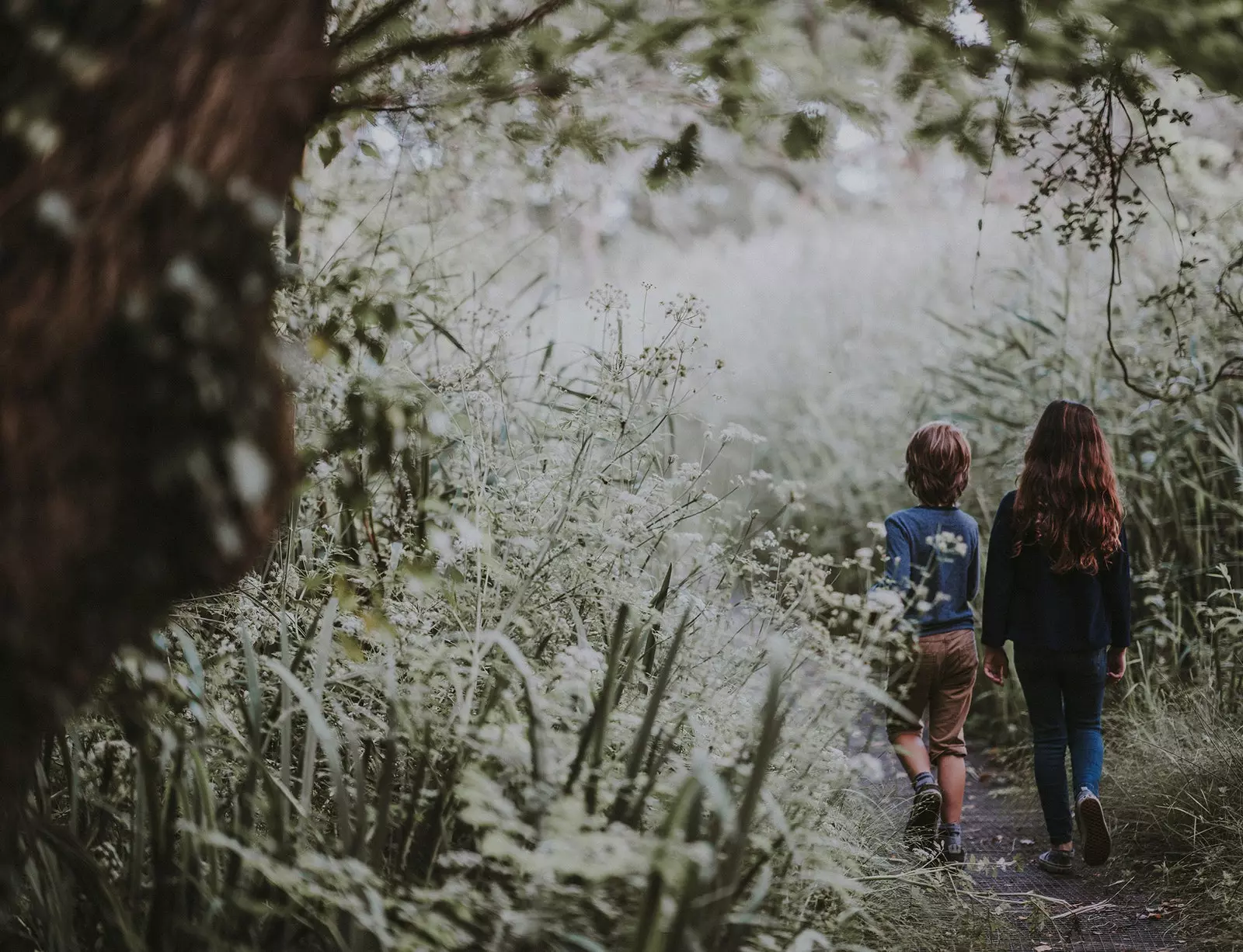
Could you have Barnehages in Spain?
And he adds: “ Outdoor time should be much longer and mandatory ; boys and girls need it, even if it's not in nature, if we don't have it so close. On the other hand, we should adapt the outdoor spaces of the centers: more dirt and less asphalt.
In fact, when choosing a nursery school in Spain, Míriam specifies that it is not as important to opt for exactly a specific methodology as it is to look for a center that meets the following requirements: "That it respects the needs of boys and girls, that listen carefully, that gives importance to childhood and in which the adult is not the axis of the day to day, but each one of the children . That school in which boys and girls can play, give their opinions, choose, move and develop freely”.
AND WHAT COULD WE EXPORT FROM SPAIN TO NORWAY?
After speaking with Miriam, it seems that the panorama in our country is quite bleak if we compare it with the Norwegian one. But would there be anything in our system that they would be interested in importing into Norway? For Miriam, the answer is yes: “ In Spain there are many teachers who are fighting against the tide , with a great tendency to question everything, self-evaluate, look beyond. Although there is still much to do and many teachers are stuck in the civil service, perhaps there is even more stagnation in Norway . Often the way of doing things in the Norwegian kindergarten is based more on tradition than on conviction. Perhaps this would be a point where Spain is improving a lot lately ”.
